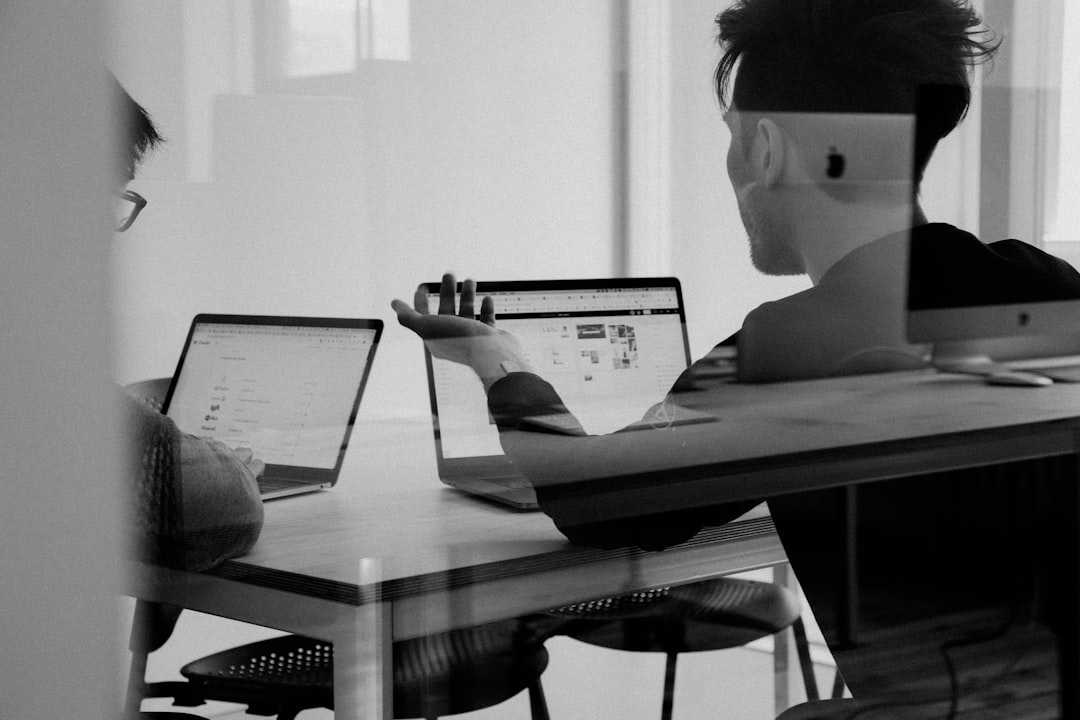In the ever-evolving world of technology, artificial intelligence (AI) has become a pivotal force in reshaping industries, and design is no exception. From graphic design to urban planning, AI’s capabilities are being harnessed to enhance creativity, increase efficiency, and push the boundaries of traditional methodologies. This article explores how AI is integrating into the design process, transforming it into a more dynamic and innovative field.
The Convergence of AI and Creativity
AI tools are not just automating mundane tasks but are now actively participating in the creative process. Programs equipped with AI algorithms can suggest design alterations, generate creative options, and even predict design trends by analyzing vast amounts of data. This synergy between human creativity and machine learning is producing novel design languages and aesthetics that were previously unimaginable.
Personalization at Scale
One of the most significant advantages of integrating AI in design is the ability to personalize at an unprecedented scale. AI systems analyze individual user interactions and preferences to tailor designs that cater to specific needs and tastes. This is particularly evident in industries like fashion and interior design, where AI-driven applications suggest customized styles and layouts to users, enhancing customer satisfaction and engagement.
Streamlining Design Operations
AI is instrumental in streamlining design operations by automating repetitive and time-consuming tasks. Tools such as Autodesk’s AutoCAD use AI to help architects and designers with predictive design, and Adobe’s Sensei leverages AI to automate tasks like image editing and pattern recognition. This not only speeds up the design process but also allows designers to focus more on the creative aspects of their projects.
Enhancing User Experience
AI is playing a crucial role in enhancing user experience design (UX). By utilizing AI-driven analytics, designers can gain insights into user behavior, preferences, and pain points. This data is invaluable for creating user-centric designs that are not only aesthetically pleasing but also highly functional and intuitive. AI tools are also being used to test and refine UX scenarios, ensuring the final product is well-optimized for target users.
Sustainable Design Innovations
Sustainability is becoming increasingly crucial in all sectors of design, and AI is at the forefront of this green revolution. By analyzing complex datasets, AI can help designers create more sustainable, energy-efficient models while minimizing waste. For example, in architecture, AI algorithms can simulate various environmental scenarios to help select materials and designs that will reduce the carbon footprint of a building.
AI is no longer just a tool for operational efficiency but a collaborator that enhances human creativity and innovation. As we continue to explore the possibilities of AI in design, it is clear that the future holds even more transformative changes. By embracing these technologies, designers can not only improve their workflows but also contribute to more personalized, user-friendly, and sustainable design solutions.







